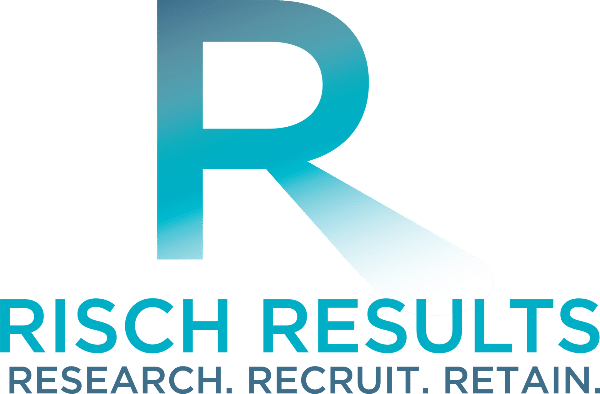How does bias enter the hiring process?
It’s a difficult time to be hiring. The future of many industries remains uncertain in the wake of tech layoffs. The market feels flooded with candidates in some industries, while others experience a shortage. No matter what, the pressure to find the right person to fill a vacant position is at an all time high. Many leaders reflect on their business practices, especially recruiting and hiring, to ensure they’re doing all that they can to support an unbiased, inclusive, and diverse company culture.
It’s not new information that businesses who embrace diversity perform better. And in recent years, many companies have put forth DE&I initiatives. Regardless, bias has ways to creep into the hiring process.
It’s tempting for many companies to rely on precedent and tradition to find their new hires–and those methods aren’t always the best ways to ensure an inclusive and unbiased hiring practice. If you’re committing to encouraging an unbiased recruiting, interviewing, and hiring process at your company, here are a few things you can consider to get started.
Create a hiring plan to unsure a more unbiased hiring process
Failing to plan is planning to fail! If you want to be intentional about how and who you hire, you need to put a formal process in place.
A hiring plan can set the course and the tone for the entire process. Think about who needs to be involved–both within your organization and externally, what you’d like the process to look like, and how to best use everyone’s time.
Consider your company culture and values when discussing potential candidates to fill a role. Rather than subconsciously looking for a candidate who is similar to the employee who is leaving, consider building a business case around the value of the position and what you envision the role will contribute to the company.
Here are some key areas of your process that can help you mitigate bias:
- Defining your own company values and how DE&I fit into them
- Writing job descriptions, and ensuring they aren’t excluding potentially qualified candidates with limiting expectations of industry experience, education levels, or other factors that may not lend themselves to the specific role
- Assessing resumes and candidate qualifications, ensuring that certain factors like name, alma mater, or experience with certain companies doesn’t cloud your judgement
- Facilitating the interview process, and bringing multiple voices and perspectives to the table
Ask yourself difficult questions about bias
One of the best ways to mitigate bias when we hire is to acknowledge that we all have it. Awareness is key! It’s not unusual to find more in common with candidates who share our alma mater or remind us of someone we know. (This is called affinity bias.) But, it’s important to ask ourselves questions about how our conscious or unconscious biases impact our hiring decisions. Here are a few to ask:
- Where do I source candidates and post listings? Are they in the same places every time I hire?
- Do I tend to favor certain schools or organizations?
- Have I historically hired people like me?
- Do I have preferences or pre-conceived ideas about age?
- Do I make assumptions about candidates with gaps in their resumes, freelance experience, or how frequently they’ve changed organizations?
Cast a wide net
To attract a pool of candidates with diverse talents, backgrounds, and perspectives, you have to cast a wide net in your search. (We’ve written about this extensively in an article here.)
Consider using new databases and referral sources. Look for transferable skills outside your industry, and don’t limit your thinking to traditional career backgrounds and trajectories.
Network with candidates, even on LinkedIn, to meet people outside your direct network.
Bring more voices to the table
Finally, to truly support an unbiased hiring process, you’ve got to include multiple perspectives in every step–from writing the job description to vetting candidates to interviewing. It will build employee morale and engagement if your team has a voice in the process. Large or small businesses may consider including an external advisor, or running their interview questions by a diversity and inclusion expert. Of course, it’s important to create common guidelines and criteria to ensure the process can be efficient, true to your company’s mission, and aligned to your hiring plan.
Mitigate Bias in Recruiting with Risch Results
At Risch Results, it’s our mission to help organizations build dynamic and diverse teams. We help clients to find the best talent for their growing organizations. Whether you’re hiring for the C-Suite or middle leadership, we can help present the best candidates in the field–help ensure your hiring process is bias-free.

